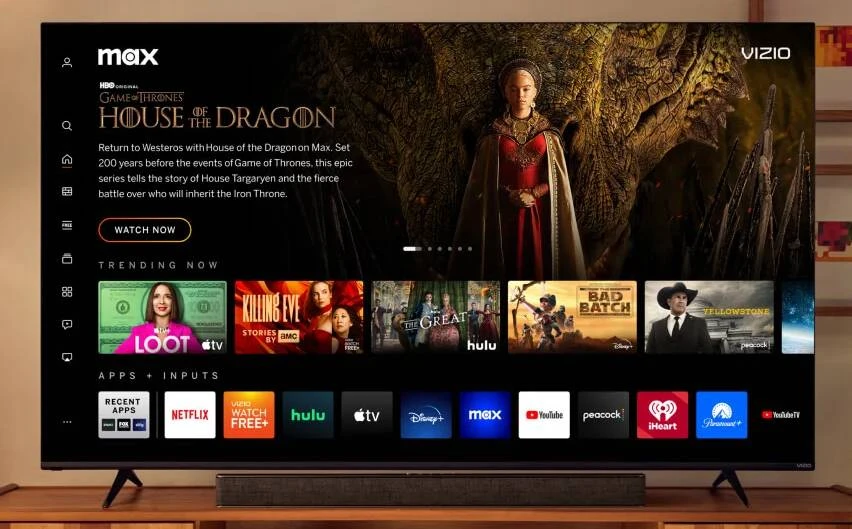TV Maker Settles Fake 120Hz Class Action Lawsuit for $3 Million
After a lengthy legal battle, Vizio has agreed to settle a class Action lawsuit in California, bringing an end to the dispute over the refresh rates of its television sets. The lawsuit, which dates back to 2018, accused the company of misleading consumers by inflating the effective refresh rates of its TVs.
The Allegations
The class Action lawsuit alleged that Vizio had utilized black frame insertion technology to falsely claim that its TVs’ effective refresh rates were higher than their actual rates. This misleading tactic involved boosting the “effective” refresh rate of 60Hz panels to 120Hz and the “effective” refresh rate of 120Hz panels to 240Hz. As a result, consumers unknowingly paid premiums for products that did not deliver the advertised performance.
The Settlement
Under the terms of the settlement, Vizio has agreed to pay $3 million to resolve the lawsuit. This amount will be distributed among those who purchased Vizio TVs in California after April 30, 2014. Eligible claimants can expect to receive between $17 and $50, depending on the number of claimants. In addition to the monetary compensation, Vizio has agreed to stop advertising their TVs with “effective” refresh rates.
The Implication
While Vizio has denied any wrongdoing, the decision to settle the lawsuit suggests that the company values expedience over a protracted legal battle. By ceasing the use of misleading advertising language, Vizio aims to enhance transparency in its marketing and instill consumer confidence. The settlement not only benefits the affected consumers but also serves as a deterrent for other TV makers who might resort to similar deceptive tactics.
industry Practices
It’s important to note that Vizio is not the only manufacturer to face scrutiny over advertised refresh rates. Competitors such as LG and TCL have also been embroiled in class Action lawsuits pertaining to similar practices. This raises concerns about industry-wide misrepresentation and underscores the need for greater scrutiny and transparency in television advertising.
Impact on Consumers
The resolution of the lawsuit is a positive development for consumers, as it signifies a move towards more accurate and transparent advertising practices by TV manufacturers. With the removal of deceptive marketing claims, consumers can make more informed purchasing decisions based on genuine product specifications rather than inflated or misleading metrics.
Technological Considerations
The controversy surrounding “effective” refresh rates brings to light the debate surrounding the efficacy of technologies such as black frame insertion, backlight scanning, and frame interpolation. While these technologies may have their merits, the core refresh rate of a television should be clearly communicated to consumers without any embellishments or enhancements.
Legal Remedy
For those who purchased a Vizio TV in California within the specified period, the opportunity to file a claim for compensation is available until March 30. While the payout may seem modest, it represents a form of redress for consumers who feel they were misled into purchasing TVs based on exaggerated refresh rates.
Conclusion
The resolution of the class Action lawsuit against Vizio serves as a reminder of the importance of clarity and accuracy in product marketing. Moving forward, the industry must uphold truthful advertising practices to safeguard consumer trust and ensure that product specifications are presented in a transparent and straightforward manner.
Source: pcgamer








No Comments